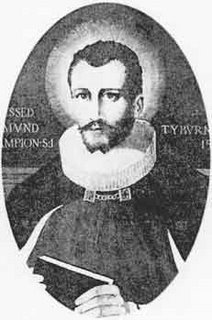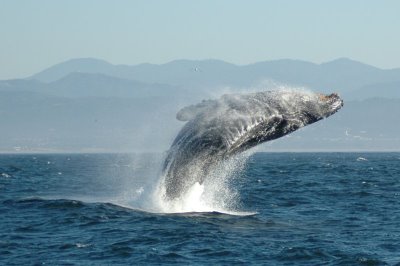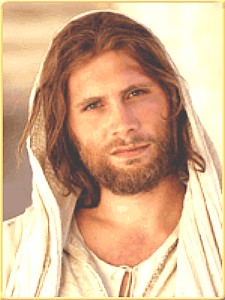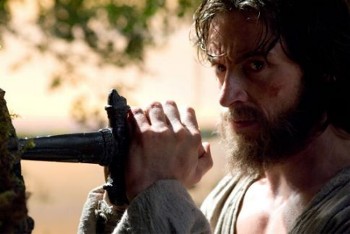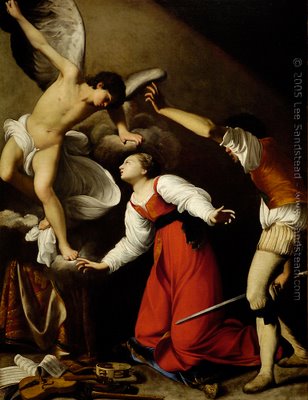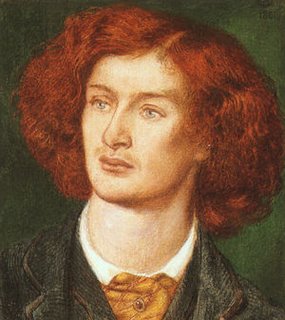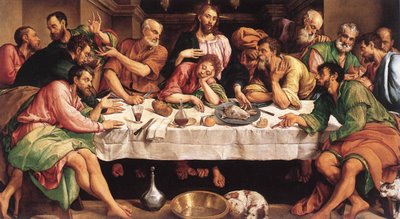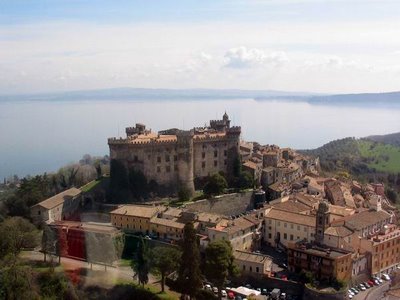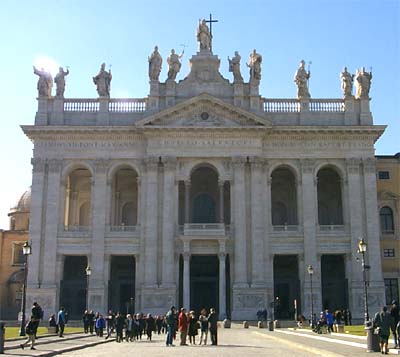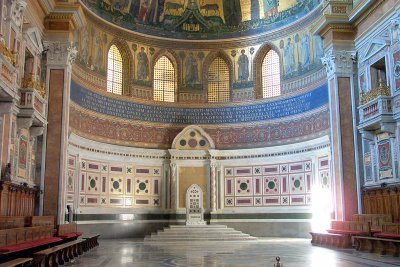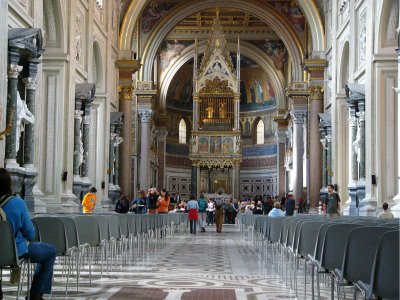A stranger to poetry as I am, I've only just read this one by
Matthew Arnold for the first time ...
Saint BrandanSaint Brandan sails the northern main;
The brotherhoods of saints are glad.
He greets them once, he sails again.
So late!—such storms!—The Saint is mad!
He heard across the howling seas
Chime convent bells on wintry nights,
He saw on spray-swept Hebrides
Twinkle the monastery lights;
But north, still north, Saint Brandan steer’d;
And now no bells, no convents more!
The hurtling Polar lights are near’d,
The sea without a human shore.
At last—(it was the Christmas night,
Stars shone after a day of storm)—
He sees float past an iceberg white,
And on it—Christ!—a living form!
That furtive mien, that scowling eye,
Of hair that red and tufted fell——
It is—Oh, where shall Brandan fly?—
The traitor Judas, out of hell!
Palsied with terror, Brandan sate;
The moon was bright, the iceberg near.
He hears a voice sigh humbly: ‘Wait!
By high permission I am here.
‘One moment wait, thou holy man!
On earth my crime, my death, they knew;
My name is under all men’s ban;
Ah, tell them of my respite too!
‘Tell them, one blessed Christmas night—
(It was the first after I came,
Breathing self-murder, frenzy, spite,
To rue my guilt in endless flame)—
‘I felt, as I in torment lay
’Mid the souls plagued by heavenly power,
An angel touch mine arm, and say
Go hence, and cool thyself an hour!
‘”Ah, whence this mercy, Lord?” I said.
The Leper recollect, said he,
Who ask’d the passers-by for aid,
In Joppa, and thy charity.
‘Then I remember’d how I went,
In Joppa, through the public street,
One morn, when the sirocco spent
Its storms of dust, with burning heat;
And in the street a Leper sate,
Shivering with fever, naked, old;
Sand raked his sores from heel to pate,
The hot wind fever’d him five-fold.
‘He gazed upon me as I pass’d,
And murmur’d: Help me, or I die!—
To the poor wretch my cloak I cast,
Saw him look eased, and hurried by.
‘Oh, Brandan, think what grace divine,
What blessing must true goodness shower,
If semblance of it faint, like mine,
Hath such inestimable power!
‘Well-fed, well-clothed, well-friended, I
Did that chance act of good, that one!
Then went my way to kill and lie—
Forgot my good as soon as done.
‘That germ of kindness, in the womb
Of mercy caught, did not expire;
Outlives my guilt, outlives my doom,
And friends me in the pit of fire.
‘Once every year, when carols wake,
On earth, the Christmas night’s repose,
Arising from the sinners’ lake,
I journey to these healing snows.
‘I stanch with ice my burning breast,
With silence balm my whirling brain.
O Brandan! to this hour of rest,
That Joppan leper’s ease was pain!’——
Tears started to Saint Brandan’s eyes;
He bow’d his head; he breathed a prayer.
When he look’d up—tenantless lies
The iceberg in the frosty air!

-
St. Brandan the Navigator
